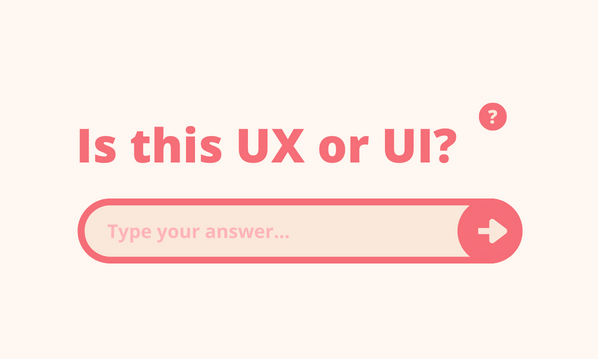Most customers will read your company information (or “About us”) page for reassurance – that you’re a real company, with real people that really can provide the product or service they’re looking for. The rest will be trying to find out who you are and what you do. It’s another way to build trust and credibility. Use it not only to impart key information, but to create a sense of your softer side – your culture, why you do what you do, and your values.
So before you start, think about what kind of impression you’d like to make – bold, honest, hard-working, fun, efficient, cutting-edge – and use style, image and language to bring your business to life.
1. The 5 Ws: Who, What, Where, When, Why and hoW
As a minimum, your page should explain:
- who you are (not just your company, but the people who run the show)
- what you do…
- …and how you do it
- where you’re based (and where you service, if this is appropriate)
- when you were established
- and why you came into being (your company, I mean – not you, obviously…)
Got a story behind your business? Tell it here, bring it to life and show that there’s a human behind this website.
Include a physical address here, too – it means a lot in the virtual world to know that, if the worst comes to the worst, there’s a door to go knocking on.
2. Include photos
People respond to people. Have a “Meet the team” section, with a photo and a short paragraph about each person.
Even better, create a short video – it’ll really give customers a sense of your values and priorities.
3. Write in the first person
Use “I” instead of “we” where appropriate (in your “meet the team” individual blurbs, or if you’re the sole person representing the business). It helps visitors to connect to you as a person, rather than a faceless organisation. And that helps build trust.
4. Think about what language you use
The text should reflect your individual brand and values, but should always be informative, concise and written in plain English. Give it some personality. If you’re really stuck, imagine bumping into a potential customer down the pub – what words and ideas would you use to convey your business?
Avoid blocks of text, use bulleted lists instead (they’re scannable, efficient and give the page some white breathing space).
5. Include links to social media
Keep on building that rose of trust – mention payment security (assuming your site is secure, which it should be), your returns policy, guarantees and post-sale support.
6. Call to action
Once you’ve told them all about you and your business, invite them to make contact, or buy something, or register, or whatever it is that will build on the personal connection you’ve made.
Think about what your visitors would want to know, or be interested in. Your company information page can be a useful asset to establish and build credibility in you and your business – give it time and thought, and ensure it’s something of which you’re proud.
Don’t agree? Something I’ve missed? Leave a comment below…





